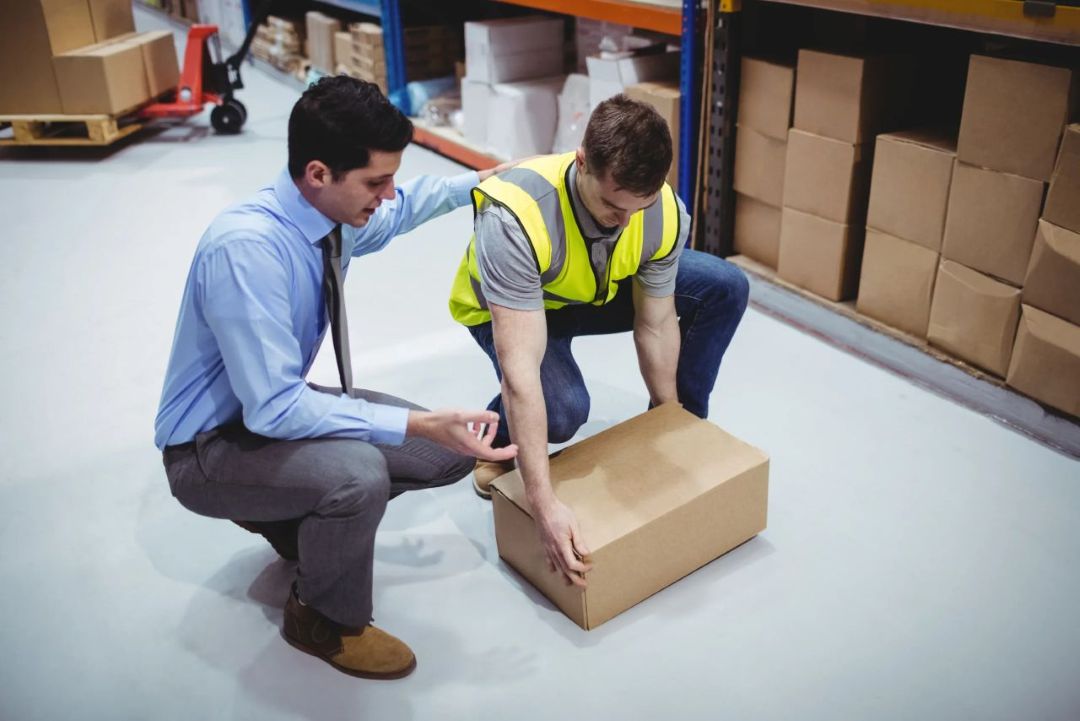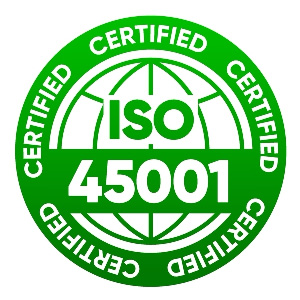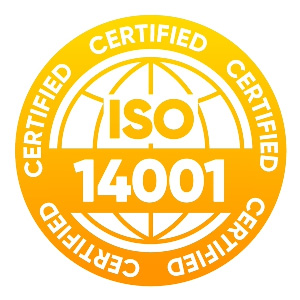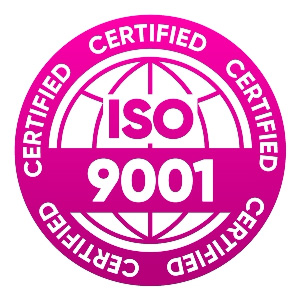The Three Steps: Avoid, Assess, Reduce
MHOR gives employers a straightforward, three-step action plan. You must tackle these steps in order. This framework is crucial for managing risks effectively.
Step 1: Avoid the Hazard Completely
Your very first legal duty is to find ways to avoid hazardous manual handling. You must do this whenever you reasonably can. One of the hazardous tasks is anything that is real threat of injury.
- Question: Does it necessarily have to be an object that is carried by a human being?
- Redesign: Can the work process be redesigned to do away with the task?
- Get Machines: Can you use a simple machine like a forklift to take up the goods or a conveyor to take the goods?
- Change Deliveries: Get suppliers to drop off materials right where the staff needs them.
If you can completely skip the manual handling, congratulations! You’ve met the main legal requirement. If you cannot, you must move on to Step 2.
Step 2: Assess the Risks That Remain
If you simply cannot avoid the dangerous task, you have to do a suitable risk assessment. This isn't just paperwork. It must be completed by a competent person, and you need to talk to the employees doing the job. The assessment looks at four critical areas, often remembered as TILE.
Factor | What You Must Consider |
T: Task | How often is it done? Does it involve twisting or stooping? Is there enough rest time? |
I: Individual | Is the person physically right for the job? Are they fully trained? Do they have any existing injuries? |
L: Load | Is the item too heavy or awkward? Is its shape strange? Could the contents move unexpectedly? |
E: Environment | Is the lighting poor? Is the floor slippery? Is there enough space to move around safely? |
The TILE check is truly the heart of the manual handling operations regulations. It shows you exactly where the injury points are.
Step 3: Mitigate the Danger to its Minimum.
After becoming aware of the risks (thanks to Step 2), you need to repair them. You have to do You would have to do whatever you can to alleviate that risk. This involves weighing the possible harm of a solution against the price and effort.
- Provide Aids: Get proper gear like hoists, trolleys, or pump trucks.
- Improve the Setup: Use ergonomics! Adjust shelving or counters to make the lifting zone safer.
- Alteration of the Load: Divide one large, heavy box into many smaller and lighter ones.
- Fix the Room: Check the paths to make sure that they are clear, and the floor is dry and light.
- Training: Conduct definite and on-the-job training about proper methods to all the workers concerned.

Your Duties as the Employer
The manual handling operations regulations put most of the legal responsibility on your shoulders as the employer.
Key Employer Must-Dos:
- Tell Them the Weight: Employees should have an idea of the weight of any load especially when the weight is not centred.
- Keep Reviewing: Risk assessment does not happen once. You will need to reconsider it in case the task is modified or when one of the staff members complains about discomfort.
- Track Training: You should have a clear record on who was trained, when and what was covered in the course.
- Check the Fixes: When you come up with a new control (such as a trolley), you need to keep an eye on the situation. Make sure people are actually using it, and accidents are going down.
By taking these duties seriously, you protect your staff’s health. It also saves your business from expensive fines and legal trouble.
What Workers Need to Know
Although it is the management that is in charge of the system, workers also play a significant role. All persons should work together in order to maintain a safe workplace.This commitment is exactly what the MHOR demand.
Employee Must-Dos:
- Follow the Rules: You must use the safe work systems given to you. Never cut corners, it is not worth it.
- Use the Gear: Use any lifting or handling equipment provided. If it's faulty, report it immediately!
- Help Out: Work with your employer on safety issues. Be open during risk assessment talks.
- Speak Up: Report to your supervisor immediately in case you observe something dangerous or a hazard. This avoids accidents even before they occur.
- Be Careful: Look out for yourself and your colleagues.
By being responsible and proactive, employees make it easy to comply with the MHOR. They also drastically lower their chance of getting hurt.
The Biggest Myth: Is There a Legal Weight Limit?
This is the number one confusing point for people looking at the manual handling operations regulations.
The fact is: There is no maximum weight that one is supposed to lift according to the law.
You may hear 25 kg but it is not a law rule. Why? Well, even lifting 10 kg may be harmful in case you need to twist your body. However, that 25 kg weight may be perfectly harmless in case you are clever and roll it on a trolley or some other machine.
The Guideline Filters
Although the legal maximum is unlimited, Health and Safety Executive (HSE) provides filter weights. These are just guidelines. They provide a recommendation on a low-risk initial weight of an average adult male or female.
- If the lift is below the filter weight, the risk is usually low.
- If it is above that number, a detailed, formal risk assessment (the TILE check!) is required instantly.
It is important to remember that these numbers vary radically depending on the proximity of the load to your body and the height of the load raised. Never place your faith in a random number as opposed to a TILE risk assessment.
The reason why proper training is a must
Training is not optional but a very important step in Step 3 (Risk Reduction). Giving out a training leaflet will not suffice. The training should be practical and apply to the day to day activities.
Training Must Achieve:
- A Realisation: Staff need to understand the serious, long-term impact of back injuries.
- Skills in Assessment: Workers are expected to be able to use TILE rapidly to their tasks.
- Proper Lifting: They should also be taught how to do it correctly, such as having the load as close as possible and lifting with the legs.
- Confidence in Equipment: Employees should be aware of the time and manner of safe usage of trolleys, hoists and other assistive equipment.
- A Safe Culture: Good training shows your team that their health is your top priority.
Refresher training is also non-negotiable. It helps ditch bad habits that creep in over time and keeps everyone sharp on the manual handling operations regulations.

Keeping It Compliant: Never Stop Monitoring
Compliance isn't something you check off once a year. It’s an ongoing commitment. You must continually check that your safety fixes are still working.
When to Redo Your Assessment:
- Workflow Change: If you buy new equipment or change the way a job is done.
- An Accident: Immediately after any injury or a near-miss incident.
- Staff Feedback: In case staff begins to complain about pain or having a challenge in an assignment.
- Once a year: best practice: It probably wouldn’t hurt to go over everything once every 12 months or so, worst-case scenario.
FAQs
Q: What if the load is hazardous, like containing a sharp or toxic substance?
A: Well, the MHOR rules mostly cover back strains and muscle injury. If the item is toxic or sharp, those dangers are covered by entirely separate chemical or general safety regulations.
Q: What does "manual handling" actually cover under the law?
A: It's very broad. It covers any time you move a load using your own body. This includes the obvious tasks like lifting and carrying, but also pushing, pulling, and lowering items.
Q: If someone gets hurt, what kind of trouble could the business face?
A: It can get serious fast. We're talking big fines from safety authorities, potential legal action, costly disruptions to the work schedule, and dealing with large compensation claims.
Q: I'm a self-employed contractor; do I still have to follow these rules?
A: You absolutely do! Any safety duty an employer has to protect their staff, a self-employed person has to protect themselves. You still need to avoid, assess, and fix your risks..
Q: How often should my team need to refresh their manual handling training?
A: While there's no official date set in stone, experts really push for refresher training every one to three years. It's also required any time the job or the load changes dramatically.
Q: If a new worker already has a back issue, what must the boss do?
A: The boss has to consider that worker's health right in the risk assessment. They must change or adapt the task itself so the employee's existing health condition doesn't get worse.
Conclussion:
So, what should you remember? You can easily follow manual handling operations regulations, if you concentrate on Avoid, Assess and Reduce.. Forget those confusing myths about weight limits! The law just wants you to be smart about risk. Good training keeps your staff healthy. It also protects your business from expensive problems. Ready to make sure your training is up to date? Contact us today!
 PL
PL
 EN
EN
 PT
PT
 RO
RO



